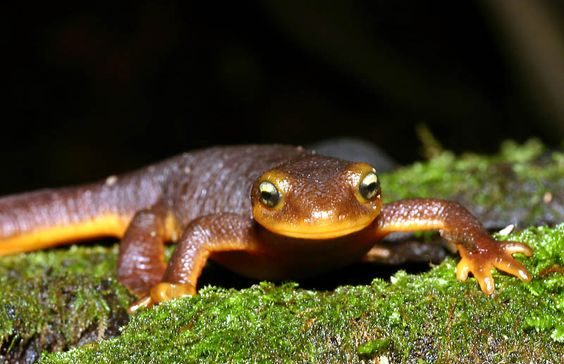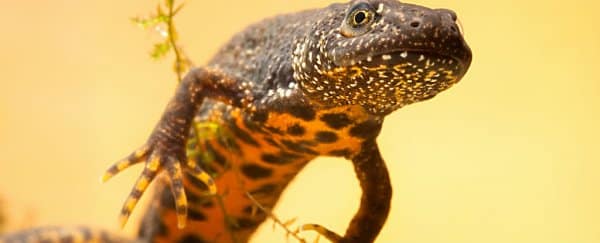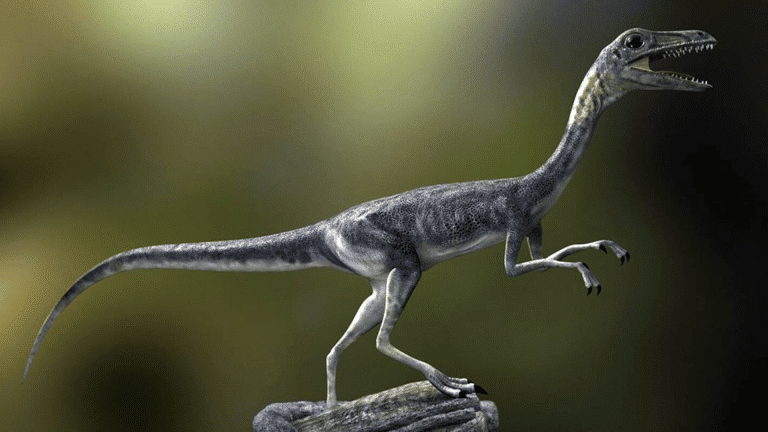Have you ever thought about the idea of losing your limbs after a major accident? In that case, you may have to live with your amputated legs for the rest of your life.
When a newt, an amphibian reptile, loses its limbs due to pertinent attacks by its predators, it can regenerate its limbs.
This is mainly because these amphibian reptiles can regenerate huge amounts of tissues that can reproduce their lost limbs.
As humans, if we understand the biological mechanisms behind how these amphibians can regenerate their lost limbs, we can utilize this knowledge to replicate or mimic the same mechanisms inside our bodies, too.
This way, we can also regenerate or reproduce limbs or other failing organs inside our bodies. The need for expensive transplants in case of failed organs can, therefore, be reduced to the bare minimum.
Let us unveil names of animals beginning with n, none other than newts, on how they can regenerate their lost limbs.
Helping you understand facts, figures, and biological norms concerning the same.
How Do Newts Regenerate Tissues that are Worn Out?
Newts seamlessly build two types of tissues using their very own body mechanisms. This way, they can replace damaged tissues effortlessly.
From eyeballs up until spinal cords, they have the innate biological mechanism to replace damaged or worn-out tissues and replace them with healthier ones.
This way, these mammals can replace damaged tissues inside their bodies without scars or scabs.
Research analysis of this kind has been confirmed by biologists from the University of Tsukuba in Japan and by researchers from the University of Dayton in the US.
Two Types of Cells that Help Replace Damaged Tissues
These two types of cells help newts with their tissue regeneration. The cells are as follows:
1. Skeletal Muscle Fiber Cells or SMFCs and
2. Muscle Progenitor Stem Cells or MPCs
As the name suggests, SMFCs comprise skeletal muscles, while MPCs contain muscle fiber cells. However, these MPCs comprise dominant muscle regenerative capabilities.
When their potential abilities are triggered under the right stimuli, the energy can tap itself to regenerate worn-out tissues.
In other words, the newts could replace damaged or worn-out tissues or muscles with newer cells that integrate into healthier tissues or muscles that get into the damaged organs.
This is how these amphibians can replace damaged spinal cords and eyeballs or even regenerate their lost limbs.
Research Behind Such a Kind of Metamorphosis
Here is a brief know-how into how the process was carried out in a scientific experiment conducted by scientists and biologists on newts.
Helping you understand how this was being done in a step-by-step manner:
1. Insertion of a Gene into the Newt Embryos
The scientists inserted a gene into the newt embryos that caused a particular protein to turn fluorescent red, especially when the SMFCs and MPCs were active.
This way, they could better understand how the cells were reacting while they were in their hyperactive mode.
2. Larvae Formation Under Progress
This process continued as the newts reached their swimming stage. Their larvae extract was also determined as a part of the research analysis. The larvae are formed when these newts turn 3 months old.
The larvae of these reptile amphibians reach their juvenile metamorphosis stage when they turn 16 months old. In other words, the larvae metamorphosis stage is reached as the amphibians turn 1.5 years old.
3. Amputation of Their Limbs
The scientists then aimed to amputate each leg of the newts that were kept under observation. The newts were under anesthesia while these biologists were performing the experiments.
This was when the activity of SMFCs and MPCs was closely monitored as the limbs were being regrown.
4. Inferences Gathered
As the limbs grew, it was inferred that the primary role of MPCs involved in the regeneration of damaged tissues as opposed to the role that the SMFCs played.
It is to be noted that the SMFCs were predominantly helpful in keeping the skeletal shape of the newts and, therefore, were not involved with the regenerative process of restoring worn or damaged tissues with healthier stem cells.
5. Further Activities that Were Noticed
The Japanese researchers further wanted to deep-dwell into the SMFCs of older newts. They felt that the cells had grown more into their primitive state instead of progressing further.
The cells initially get into a degenerative state, which further enters the cell cycle to increase to produce more muscle cells.
6. Metamorphosis Continues
While the stem cells proliferate, new larvae get formed. This larvae further accelerates the process of tissue regeneration. Therefore, the MPCs and SFMCs work together to replenish damaged or worn-out tissues and transform them into new or healthier ones.
The tissues then work together to regenerate the lost limbs of the newts. This was the outcome arrived at by American and Japanese researchers. Therefore, the theory explains how newts regenerated their lost limbs.
Conclusion
Overall, it would help if you remembered that the SMFCs initially de-differentiate and become dormant. The de-generated cells further enter the metamorphosis stage to proliferate newer and healthier-looking cells.
These cells enter into pyramids to form new tissues that replace the damaged or worn-out ones.
The cells proliferate very efficiently amongst newts to replace any damaged organs of their body. Be it eyeballs, spinal cord, or even limbs.
Human researchers are still evaluating if they can mimic the process so that amputated limbs or failed organs can be revived in human bodies, too.
This way, through advanced stem cell therapies, expensive transplants of human limbs, liver, or even kidneys can finally become a thing of the past.










